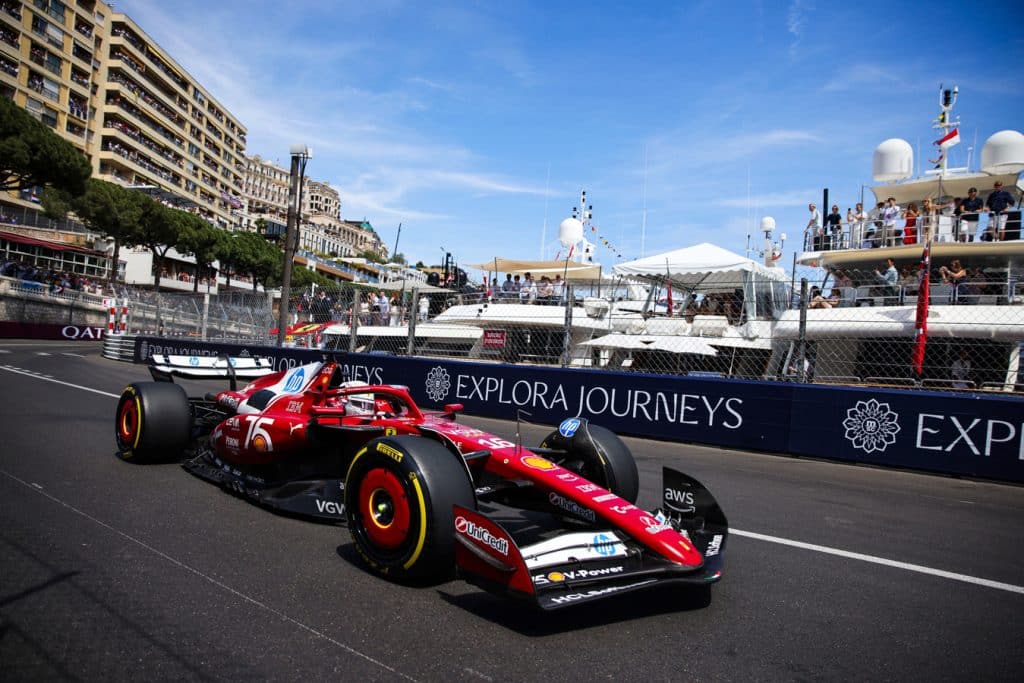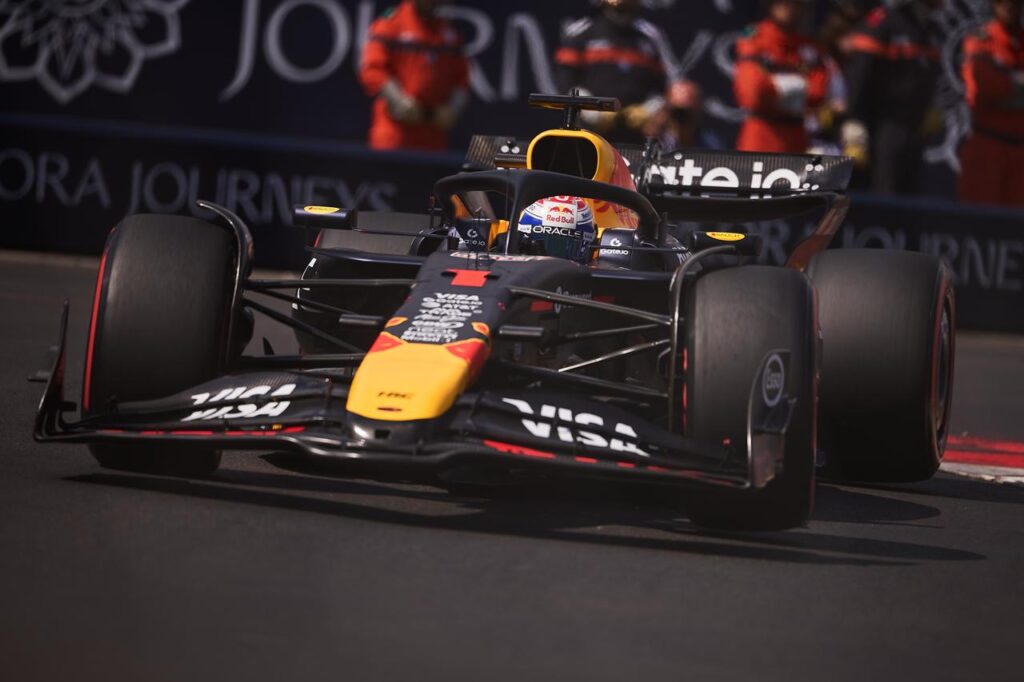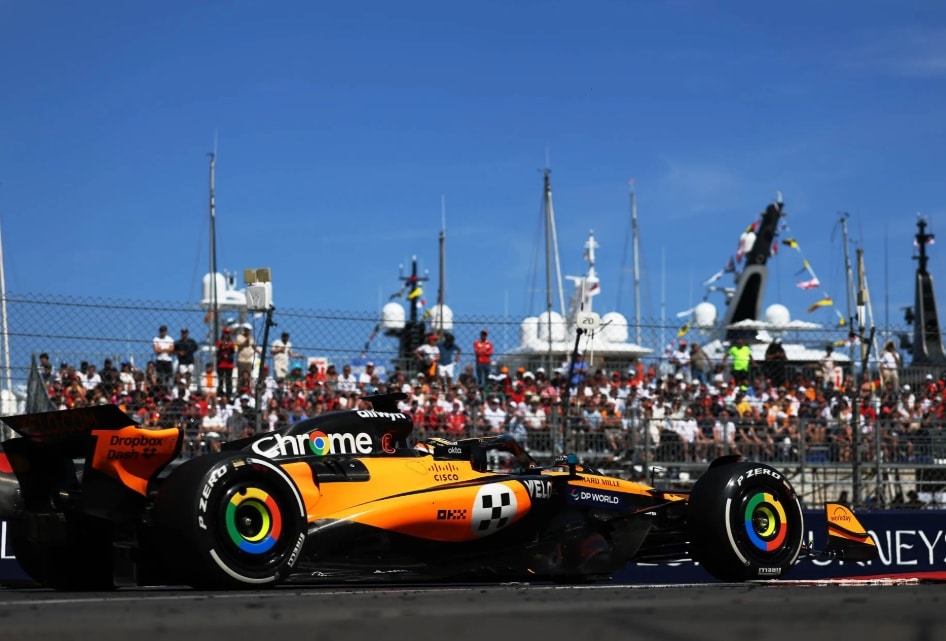The Monaco Grand Prix highlighted the already well-known issues of the circuit. The decision to go for a double pit stop turned out to be a complete fiasco.
The Monaco Grand Prix was supposed to be revolutionized by the introduction of the double pit stop rule, designed to break the monotony that sets in when Formula 1 rolls through the Principality. Instead, the race turned into chaos worthy of Mario Kart, as Verstappen described it, where competition took a back seat and confusion reigned supreme.

The double pit stop debacle
Where there’s a rule, there’s a loophole. It didn’t take long for the teams to find a workaround to bypass the FIA’s mandatory double pit stop rule. The first team to employ a creative strategy was Racing Bulls, who instructed Lawson to deliberately slow down the pace in order to allow Hadjar—fighting for top positions—to make his first stop without losing ground to his rivals.
A team strategy, so to speak, that greatly benefited the Faenza-based outfit—but came at a heavy cost to the spectacle. Behind Lawson, a long line of cars formed, stuck in traffic and unable to race freely.

A tactic that was soon picked up and replicated by other teams—most notably, Williams. The Grove-based outfit found itself forced to adopt the same strategy to avoid slipping out of the points, given how tightly packed the midfield had become due to Racing Bulls’ maneuver. First, Sainz slowed the pace to allow Albon to make his stop, then the two swapped positions, with the Spaniard handing over the “wingman” duties to his teammate.
Much to the dismay of the Mercedes cars, lost in the chaos of Monaco—especially Russell, who repeatedly found himself stuck behind one of the two Williams. The Briton’s frustration reached such a level that he chose to cut the Nouvelle Chicane and overtake Albon, even at the cost of serving the well-deserved drive-through penalty that followed.
Williams offers an apology
At the end of the race, Williams issued an apology, with both drivers describing the strategy as a true “manipulation” of the race. Albon expressed some disappointment over the spectacle on display but explained that Racing Bulls’ decision forced everyone into reacting in the same way to avoid losing valuable points:
I know we delivered a disappointing spectacle for everyone, and I’m also aware that we upset some of the drivers behind us. We simply took advantage of the track’s characteristics and the size of the cars, that’s all. I apologize to everyone who watched the race; it wasn’t pleasant to see. If Racing Bulls hadn’t started it, we wouldn’t have done it… but the way they blocked everyone forced us to do the same.

Sainz also shared his teammate’s view, warning about the dangers of the rule if it were to become permanent:
It’s something I didn’t like doing. It’s something the sport needs to reflect on. I fear that going forward, teams will be increasingly inclined to do what we did, and it will become excessive.
The choice for Monaco’s future
If the FIA’s goal was to liven up the race and encourage on-track overtaking, the double pit stop experiment proved to be a spectacular failure. Sure, the monotony of recent years was somewhat alleviated, but at the cost of a race entirely dictated by team strategies.
The entire Principality is shrouded by the shadow of a possible exclusion from the Formula 1 calendar, despite its more than 70 years of history. It would be a reluctant decision, as no one wants to see Monaco missing from F1. Yet, it is clear to everyone that nowadays the circuit is no longer suitable for modern cars.

A solution must be found as soon as possible if we want to preserve and revive one of the most prestigious races of all, which in recent years has offered very little spectacle. All the while keeping firmly in mind that Formula 1 must remain a sport of merit, where the driver who performs best on track is rewarded—without resorting to unnecessary tricks.
